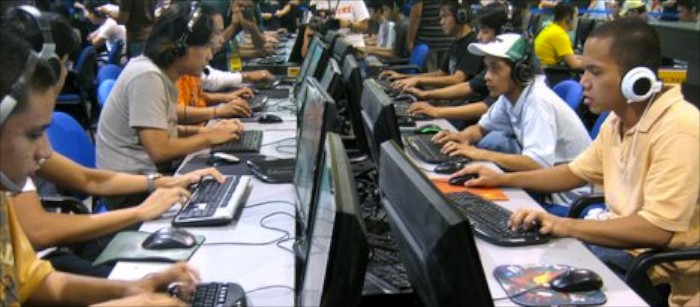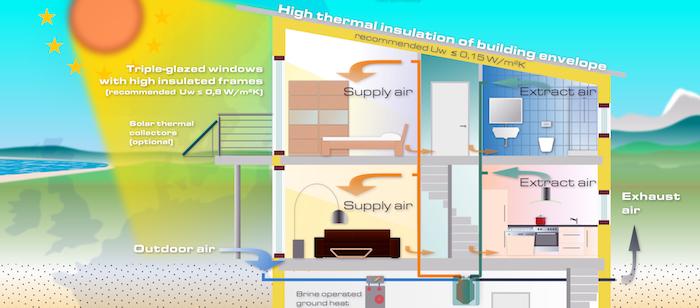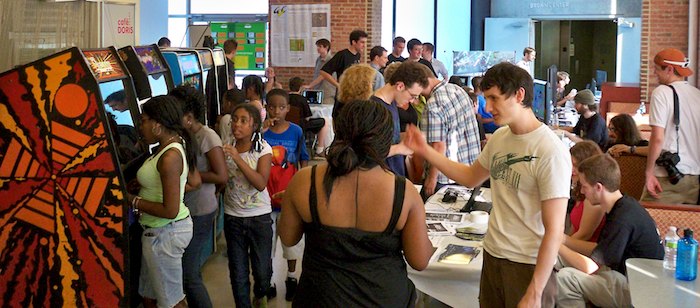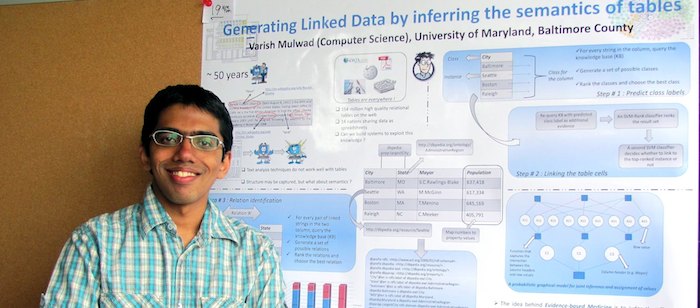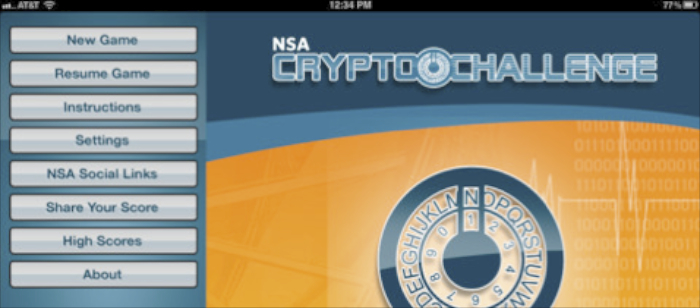
NSA will be at the Commons for this year's CryptoChallenge competition. Stop by and test your skills against their cryptographic brain teasers and maybe score some great giveaways. Join them for some friendly competition from 11:00am to 5:00pm on Friday 30 September at the Commons Outside Terrace or Main Street if it rains.
Bring your resume — NSA recruiters will be on hand to discuss career opportunities for the best codemakers and codebreakers in the business. You can hone your cryptographic skills before the event by downloading the free NSA CryptoChallenge from the Apple App Store for iPhone, iPod touch and iPad.
NSA CryptoChallenge is a game that tests your pattern recognition skills through a series of cryptographs. Your mission is to decipher encrypted quotes, factoids, historical events and more. It’s you against the clock to see how fast you can crack the code. Or, you can challenge a friend with the multiplayer interface. In that instance, it's a one-on-one race to see who can correctly solve the puzzle first.
NSA executes some of the nation’s most important and sensitive intelligence operations. To help us accomplish our mission, we’re looking for the best and the brightest problem solvers to join our team. If you can solve these puzzles, you just might have what it takes to help NSA keep America safe.
